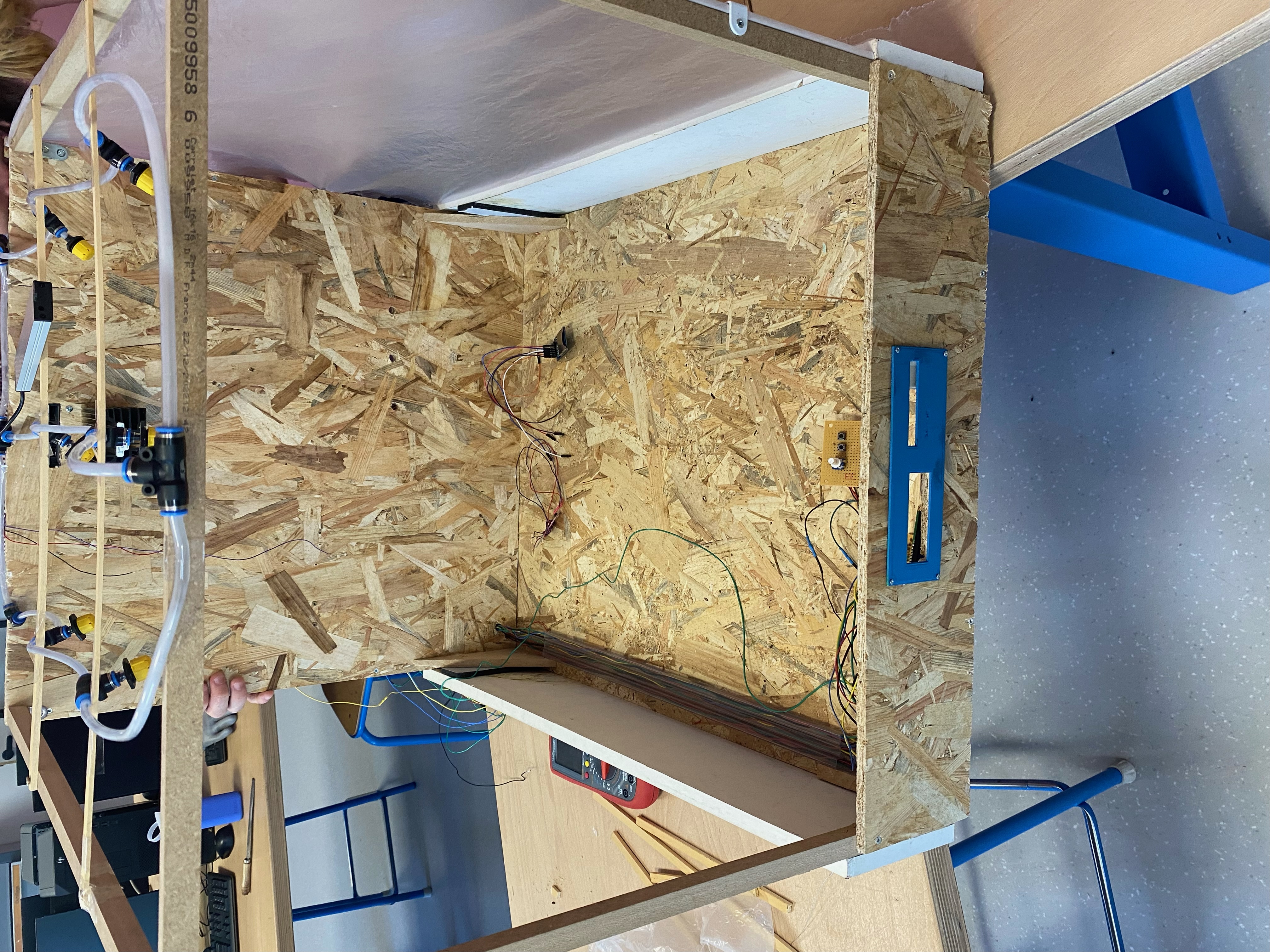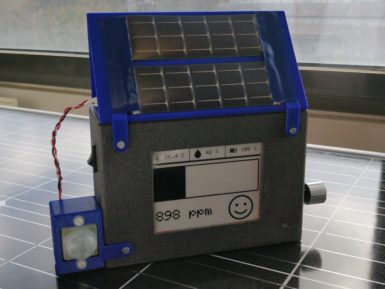
Solar Panel Charge Controller - 10 A
Charge controller for photovoltaic applications controlled by a microcontroller and capable of operating automatically at both 12 and 24 V.
Overview
It allows to provide the right degree of current to the batteries protecting them from an excess of discharge or charge in order to prolong their life cycle as much as possible.
Attention! use only with 12 and 24 V solar panels.
It protects the battery from polarity reversal, automatically enters protection and locks when the load current exceeds the regulator’s range. In case of short circuit, it enters protection and it overload protection.
To avoid complete battery discharge, the regulator will automatically disconnect the load at a certain voltage that cannot be less than 11.2 V for the 12 V battery and 22.4 V for the 24 V batteries.
Tech specs
- Nominal voltage: 12 V / 24 V automatic detection
- Maximum current: 10 A
- Maximum solar panel input voltage: 41 V
- Cut-off voltage: charged battery: 13 V (at 12 V) - 26 V (at 24 V) discharged battery: 11.2 V (at 12 V) - 22.4 V (at 24 V)
- Reconnection voltage: 13 V (at 12 V) - 26 V (at 24 V)
- Voltage drop: < 170 mV
- Dimensions (mm): 133x70x35
- Weight: 150 g
Conformities
Get Inspired

Just a simple and enjoyable autonomous greenhouse

Humans are animals and like all animals, we evolved in mostly outdoor conditions where the air is nice and fresh. But modern society keeps most of us indoors the vast majority of the time, which could have negative health effects. There are many potential hazards, including a lack of sunlight and psychological effects, but CO2 may pose a more tangible risk. To keep tabs on that risk within classrooms, a team from Polytech Sorbonne built this small CO2 monitor. This CO2 monitor performs two functions: it shows anyone nearby the CO2 levels in the area and it uploads that data over LoRaWAN to a central hub that can track the levels across many locations. A school could, for example, put one of these CO2 monitors in every classroom. An administrator could then see the CO2 levels in every room in real time, along with historical records. That would alert them to immediate dangers and to long term trends. At the heart of this CO2 monitor is an Arduino MKR WAN 1310 development board, which has built-in LoRa® connectivity. It uses a Seeed Studio Grove CO2, temperature, and humidity sensor to monitor local conditions. To keep power consumption to a minimum, the data displays on an e-ink screen and an Adafruit TPL5110 timer only wakes the device up every ten minutes for an update. Power comes from a lithium-ion battery pack, with a DFRobot solar charger topping up the juice. It uploads data through The Things Network to a PlatformIO web interface. An Edge Impulse machine learning model detects anomalies, so it can sound a warning even if nobody is watching. The enclosure is 3D-printable.





